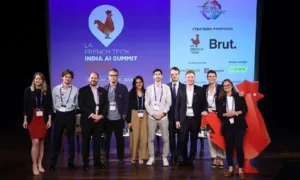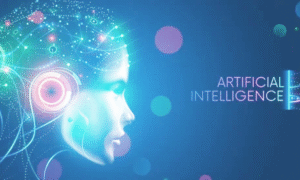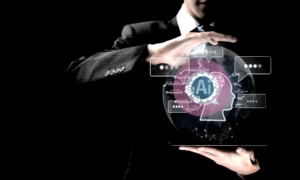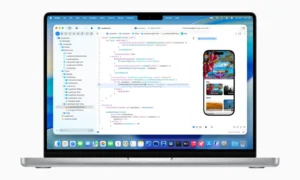Is AI rewriting your job description?
From robotic arms in warehouses to AI chatbots in offices, today’s workforce is undergoing a dramatic redesign. While some roles are vanishing, many more are emerging—powered by human–machine collaboration.
Could your next career shift come not from a layoff, but from embracing AI?
What’s the News?
On June 9, 2025, the Financial Times highlighted a deep shift in labour markets driven by generative AI and robotics.
In the UK, automated picking systems at grocery-tech giant Ocado have cut over 500 jobs this year, accelerating a trend that reduces the time to fulfil a 50-item order from 25 minutes in 2012 to just 10 today.
This automation breakthrough isn’t unique to warehouses. AI systems at IBM and Klarna now handle core tasks: a chatbot processes two‑thirds of Klarna’s customer inquiries, and AI agents have replaced hundreds of HR professionals.
Still, not every company sees AI as a threat. Investment firm Schroders uses AI to amplify analytics and reporting—empowering employees rather than replacing them. And Moderna reshuffled its internal teams to merge technology and HR, fostering hybrid talent capabilities.
According to LinkedIn economist Karin Kimbrough, companies have moved from wondering, “What is our AI strategy?”, to asking, “How do we pilot and embed generative AI across teams?” .
Why It Matters
This transformation signals more than standard efficiency gains—it marks a fundamental redesign of job structure.
Automation has delivered remarkable performance improvements. Ocado’s picking speed and Klarna’s customer service automation illustrate just how far AI can eliminate routine tasks. Meanwhile, workers with AI capabilities are earning a 56% pay premium in 2024—double last year’s increase.
Yet the disruption isn’t evenly distributed. Mid-career professionals and women—often in occupations ripe for automation, like office support, research, and financial services—are most vulnerable.
FT calls this emerging divide a “two‑speed economy”: companies embracing AI surge ahead while others lag. The impact spans sectors. In healthcare, automation could ease administrative workloads, freeing clinicians for direct patient care. In finance, data-savvy hybrid roles are already outpacing traditional desk jobs.
💡 Expert Insight or External Quote
“AI is starting to get better than humans at almost all intellectual tasks… it could wipe out half of all entry‑level office jobs in the next five years,” warns Anthropic’s Dario Amodei.
Yet, Peter Brown of PwC offers a more balanced view:
“It is primarily changing roles, enabling humans to focus on more value‑add elements of their jobs.”
These contrasting perspectives highlight the tension between AI-induced displacement and role evolution.
GazeOn’s Take
We’re at an inflection point: succeeding in the AI era means blending automation with empathy. Organizations must now invest deeply in AI-literacy, soft-skill development, and continuous reskilling programs.
Expect talent strategies to shift from headcount reduction toward hybrid role design—combining AI fluency with emotional intelligence and creative thinking that machines can’t replicate. Leaders should act fast—before yesterday’s detours become tomorrow’s dead ends.
How is AI redefining roles in your organization? Are you being replaced—or retooled? Share your story below.
ABOUT Author:



























